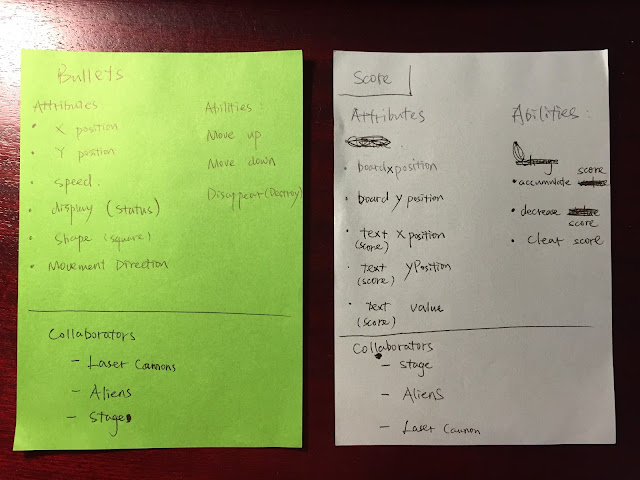Outcome and Reflection
Before doing the survey, I briefly introduced the concept of the game to the user and introduced the new features added in this stage. I also told them how to use the physical input to play the game.
The outcome of the user testing and the reflection on each specific question are listed below.
Apparently, most people thought the current homepage was neater than the previous one. It is a good change to improve the user experience of the game interface.
Same as the last question, the majority of the users felt easy to select levels by drumsticks, which means the new physical inputs is easy to use.
Most users thought the levels were suitable. This is further confirmed by my observations as most users felt easy and won the easy level but in a muddle while playing hard level.
It seems the 'restart' feature is not that welcomed as I expected. Despite that, the feedbacks regarding it are positive in general. Half of the testers thought they want to play more and the other half thought there was not much difference as before. It seems that the willing of replaying the game is depending on how much the players like the game, and to those players who really like the game, the new feature provides the solution to them.
Overall, it is a general question. Most users thought it did so I could draw a conclusion that the new features and physical inputs achieved the goals of improving the playability and UX of the game.
Most testers found it easy to play and said they were having fun. One bug was found when a tester was trying to select a level, which was really helpful.
Besides, someone mentioned the fragile foil again, this problem existed in the last stage. Since I could not find any substitutes, I tightly stick the foil on the bottom of the coke cans to make it not hollow so that the foil won't be that easy to break as before.
Several quite good suggestions for future refinement are brought up in the feedback.
- timer
- leaderboard (high score display)
- changes of the indication, for instance, having lights to show which drum to hit or making it blink before the drum number changes.
Effectiveness
The prototype and the testing session are both quite effective. I'm glad to see that most people enjoyed playing the game and had a positive feedback to the new features.
The testing session helped me to test the new features and the corresponding physical inputs. The overall feedbacks are positive and constructive, some useful suggestions could be applied in the future game such as the timer, leaderboard, etc.
The observation of how the testers playing the game was fun. The same issues still exist, for instance, most of the users couldn't coordinate their hands well so they tended not to move the cannon, just wait for the aliens came and shoot. In general, what I observed is consistent with the responses in the feedback, which is a mutual confirmation of the testing result.
The observation of how the testers playing the game was fun. The same issues still exist, for instance, most of the users couldn't coordinate their hands well so they tended not to move the cannon, just wait for the aliens came and shoot. In general, what I observed is consistent with the responses in the feedback, which is a mutual confirmation of the testing result.
The testing protocol is not as detailed as before because this testing session focused on testing the new features and physical inputs added in this stage. Also, I remained the style of the survey of IP2, which contained more quantitative questions and less qualitative ones.
The feedbacks are thus concise and explicit.
Constraints
The game is near polished in this stage and the concept of the game could be easily understood in the stage. And yet there are still some problems. For instance, a tester found a bug while playing the game. It slightly affected the UX and testing process despite no other testers found the problem.
Besides, the operations such as 'moving' and 'shooting' could not be conducted at the same time. Perhaps it's because of the working principles of Makey-Makey that it'll stop working while two circuits are connected simultaneously.
Implications
For future codes, I'll add some of the features such as 'timer', 'score' and 'leaderboard'. Also, I will try to find out a feasible solution of the problem that the indication is difficult to perceive while the testers are playing the drum, which will definitely improve the user experience based on the feedback.
For future physical inputs, as I didn't change it in this stage, the implications remain the same. I'll try to find more solid materials to make it tough and durable. Also, I will try to make the interface simpler and neater.
For future testing sessions, from the feedback received, I think I've balanced the number of the qualitative and quantitative questions well for this prototype. I think I'll refer to this prototype's testing plan in the future stages.






































